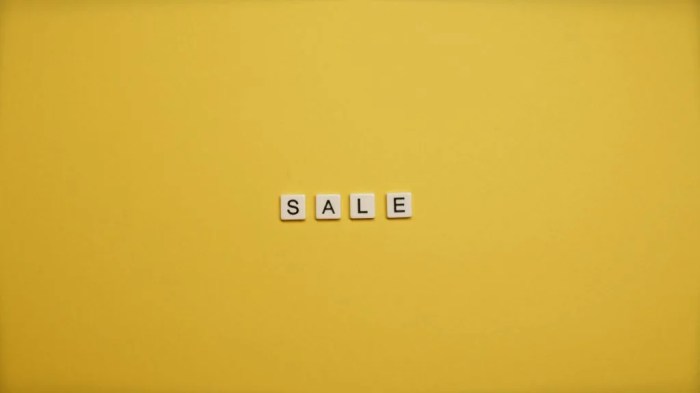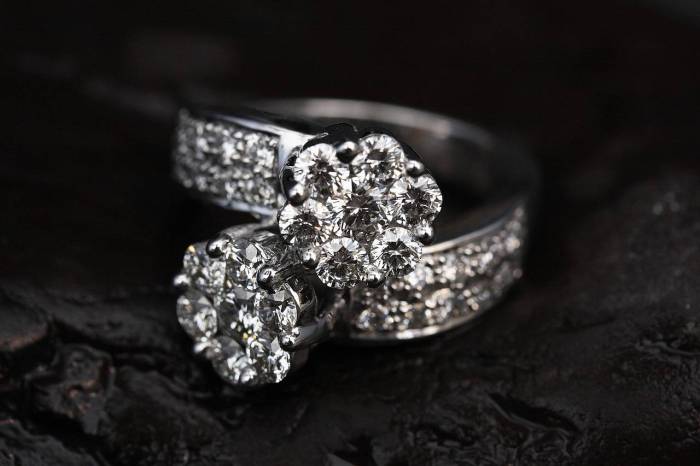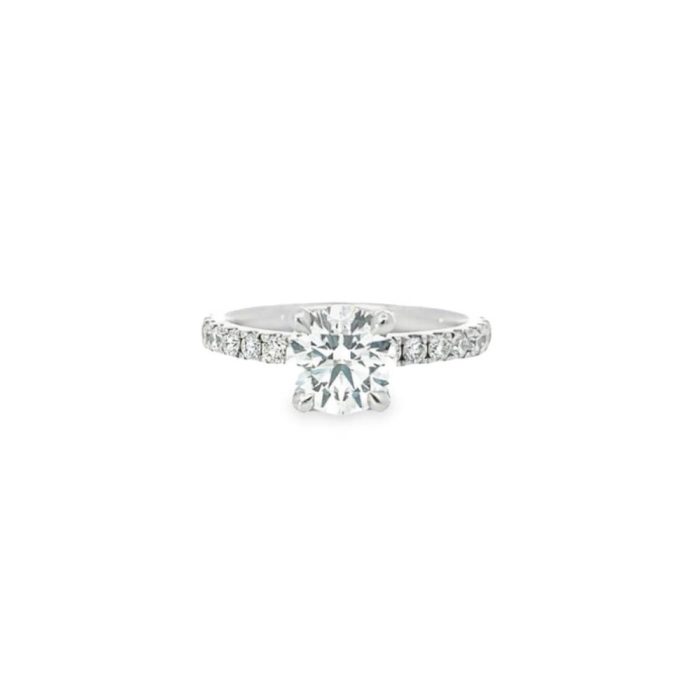Buy lab grown diamond ring and discover a brilliant alternative to traditional diamonds that combines beauty with ethical considerations. Lab-grown diamonds are created using advanced technology that replicates the natural process, resulting in stunning gems that are chemically and physically identical to their mined counterparts.
As more people become aware of the environmental and ethical impacts of mining, choosing a lab-grown diamond ring is becoming increasingly popular. These diamonds not only come with a smaller carbon footprint but often also a more favorable price tag, making them an enticing option for engagement rings and other fine jewelry.
Understanding Lab-Grown Diamonds

Source: labgrowncarats.com
Lab-grown diamonds have emerged as a captivating alternative to natural diamonds, offering the same beauty and brilliance at a more affordable price. These diamonds are produced through advanced technology that replicates the natural diamond formation process, allowing consumers to enjoy ethical and sustainable choices without compromising on quality. The creation of lab-grown diamonds involves two main processes: High Pressure High Temperature (HPHT) and Chemical Vapor Deposition (CVD).
The HPHT method simulates the extreme conditions under which natural diamonds form, using high pressure and temperature to convert carbon into diamond. Conversely, the CVD process involves breaking down carbon-containing gases into carbon atoms, which then crystallize into diamonds over time. Both methods yield diamonds that are chemically and physically identical to their natural counterparts.
Differences Between Lab-Grown and Natural Diamonds, Buy lab grown diamond ring
The distinctions between lab-grown and natural diamonds are significant, yet they both share the same basic chemical structure, which is carbon. Understanding these differences can help consumers make informed choices when selecting a diamond.
- Origin: Natural diamonds are formed over millions of years deep within the Earth’s crust, while lab-grown diamonds are created in a matter of weeks in controlled environments.
- Cost: Lab-grown diamonds are typically 20-40% less expensive than natural diamonds of similar size and quality due to lower production costs.
- Environmental Impact: Lab-grown diamonds are considered more eco-friendly, as they avoid the environmental degradation associated with diamond mining.
- Ethical Considerations: Lab-grown diamonds eliminate concerns related to blood diamonds or unethical mining practices, providing consumers with a guilt-free choice.
Benefits of Choosing Lab-Grown Diamonds for Engagement Rings
Selecting a lab-grown diamond for an engagement ring offers numerous advantages that appeal to modern couples. Beyond their beauty, these diamonds provide practical benefits.
- Affordability: Couples can opt for larger or higher-quality diamonds within their budget, allowing for a more extravagant ring without overspending.
- Quality Assurance: Lab-grown diamonds are graded using the same criteria as natural diamonds, ensuring consistent quality and clarity.
- Customization Options: The production process allows for greater flexibility in design, enabling couples to create unique and personalized rings.
- Transparency: Buyers can easily trace the origins of lab-grown diamonds, enhancing their confidence in the purchase.
Factors to Consider When Buying a Lab-Grown Diamond Ring

Source: cvddiamondinc.com
When considering the purchase of a lab-grown diamond ring, it’s essential to evaluate several key characteristics that define the overall quality and appeal of the diamond. Understanding these factors will help you make an informed choice that not only suits your taste but also fits your budget.The four main characteristics to assess when buying a diamond are carat weight, color, clarity, and cut.
These elements, often referred to as the “Four Cs,” significantly influence a diamond’s beauty and value. Additionally, the certification of a diamond plays a crucial role in ensuring its authenticity and quality. Below is a comparison of these features, which will aid you in making a wise decision.
Comparison of the Four Cs
The following table provides a concise overview of the key characteristics to consider when selecting your lab-grown diamond:
| Characteristic | Description | Impact on Value |
|---|---|---|
| Carat Weight | The weight of the diamond, expressed in carats. One carat equals 0.2 grams. | Higher carat weight generally increases the diamond’s value. |
| Color | The absence of color in a diamond. The scale ranges from D (colorless) to Z (light yellow). | Colorless diamonds (D-F) are the most valuable. |
| Clarity | The presence of internal or external flaws (inclusions and blemishes). Graded from Flawless (FL) to Included (I). | Higher clarity ratings result in higher value. |
| Cut | How well the diamond has been shaped and faceted. Influences the sparkle and brilliance. | A well-cut diamond will appear more brilliant and valuable. |
Certification is an essential consideration when purchasing a lab-grown diamond. A reputable certification from organizations like the Gemological Institute of America (GIA) or the International Gemological Institute (IGI) guarantees that the diamond has been evaluated by expert gemologists. This certification provides detailed information regarding the diamond’s characteristics, which can be critical when comparing options. When looking for certification, ensure that it includes a grading report that assesses the Four Cs and confirms the diamond’s lab-grown status.
Investing in a certified diamond not only assures quality but also enhances your peace of mind in your purchase.
The Buying Process for Lab-Grown Diamond Rings: Buy Lab Grown Diamond Ring

Source: com.au
Purchasing a lab-grown diamond ring can be an exciting yet overwhelming experience. With the rise of ethical and environmentally friendly options, many buyers are turning to lab-grown diamonds for their engagement rings and other jewelry. This guide Artikels a straightforward purchasing process to help you navigate your options wisely and confidently.Understanding the buying process is crucial for making an informed decision.
It involves several steps, from determining your budget to researching retailers and understanding the specifics of your purchase, including warranties. Here’s a step-by-step guide to simplify your journey.
Step-by-Step Guide to Buying a Lab-Grown Diamond Ring
The purchasing process for lab-grown diamonds can be broken down into several key stages:
1. Set Your Budget
Before you begin shopping, determine how much you are willing to spend on your ring. Lab-grown diamonds can range from a few hundred to several thousand dollars, depending on size and quality.
2. Research the 4Cs
Familiarize yourself with the 4Cs of diamonds—cut, color, clarity, and carat weight. These factors will help you assess quality and value.
Cut determines how well the diamond reflects light.
Color refers to the absence of color in the diamond, with D being colorless and Z showing noticeable color.
Clarity measures the presence of internal or external flaws, or inclusions.
Carat weight indicates the size of the diamond.
3. Choose a Style
Decide on the design of the ring. Popular styles include solitaire, halo, and three-stone settings. Consider the recipient’s personal style for a more meaningful choice.
4. Shop from Reputable Retailers
It’s essential to purchase from trusted sources. Below is a list of reputable retailers and websites specializing in lab-grown diamonds:
Brilliant Earth
Known for their ethical sourcing and wide selection of lab-grown diamonds.
James Allen
Offers a vast inventory and features high-quality images to examine diamonds closely.
Clean Origin
Specializes exclusively in lab-grown diamonds with competitive pricing.
Blue Nile
A well-known online diamond retailer with a selection of lab-grown options.
Etsy
Many individual jewelers offer unique lab-grown diamond designs.
5. Evaluate Warranties and Return Policies
Before making a purchase, check the warranty and return policy to ensure you are protected in case the ring does not meet your expectations.
6. Negotiate Prices
Don’t hesitate to ask for discounts, especially if you are purchasing a custom design or a higher volume. Many retailers are open to negotiations to facilitate your purchase.
7. Finalize Your Purchase
Once you have found the perfect ring and are satisfied with the price and warranty, proceed with the purchase. Make sure to keep all receipts and documentation for future reference.
Understanding Warranties and Negotiating Prices
A warranty is a critical aspect of your purchase, offering peace of mind should any issues arise. Most retailers provide warranties that cover defects or repairs over a specified period. It’s advisable to read through the warranty policies to understand what is included and what is not.When it comes to negotiating prices, remember that many retailers have some flexibility. Here are some tips for approaching the negotiation process:
Be Prepared
Know the average market prices for the diamonds you are interested in. This knowledge empowers you to negotiate effectively.
Be Polite but Firm
Approach negotiations respectfully but assertively, stating your budget and any competing offers you may have.
Consider Bundling
If you are purchasing additional items (like a wedding band), inquire about package deals that might be available.By following these steps, you can streamline the buying process for your lab-grown diamond ring, ensuring a satisfying and memorable purchase experience.
Popular Trends in Lab-Grown Diamond Rings
Lab-grown diamonds are becoming increasingly popular in the jewelry market, particularly for engagement rings. As more consumers seek ethical alternatives to mined diamonds, they are also embracing the unique designs and stunning aesthetics that lab-grown diamonds offer. The trends in this sector reflect a blend of modern design sensibilities and timeless elegance, appealing to various tastes and preferences.The current styles and settings for lab-grown diamond rings are influenced by changing customer preferences and the desire for individuality.
Couples are looking for pieces that not only symbolize their love but also resonate with their personal style. From classic solitaires to intricate halo designs, the variety in settings enhances the allure of lab-grown diamonds.
Current Styles and Settings
With the rise of lab-grown diamonds, certain design trends have emerged that reflect both contemporary aesthetics and traditional elegance. Understanding these trends can help in selecting a ring that fits personal style and values. Here are some of the popular design trends for the year:
- Minimalist Designs: Simple, clean lines are favored, often featuring a single diamond or a few small stones that allow the lab-grown diamond to take center stage.
- Vintage-Inspired Settings: Designs that mimic antique rings are gaining traction, incorporating filigree work and intricate detailing that evoke a sense of nostalgia.
- Colored Lab-Grown Diamonds: The emergence of lab-grown diamonds in shades like blue, pink, and yellow is captivating buyers looking for unique color options.
- Mixed Metals: Settings that combine white, yellow, and rose gold are appealing to those who want a personalized touch and a modern flair.
- Nature-Inspired Designs: Rings that mimic natural elements, such as floral motifs or organic shapes, are becoming more popular, reflecting a desire for connection to nature.
Customer preferences are also shifting towards unique colors in lab-grown diamonds, reflecting personal tastes and contemporary trends. The ability to create diamonds in a rainbow of colors allows customers to express their individuality. For example, vibrant blue diamonds are not only stunning but also symbolize wisdom and loyalty, making them a popular choice for engagement rings.
“Lab-grown diamonds allow for personal expression without sacrificing ethical considerations, giving couples a chance to choose designs that truly resonate with them.”
Final Conclusion
In conclusion, opting to buy a lab grown diamond ring is not just a fashionable choice but also a conscious decision that reflects modern values. With a wealth of options in terms of style, quality, and price, it’s easier than ever to find the perfect ring that symbolizes love and commitment without compromising on ethics.
Questions and Answers
What are lab-grown diamonds?
Lab-grown diamonds are diamonds produced in a controlled environment using technology that replicates the natural diamond formation process.
Are lab-grown diamonds cheaper than natural diamonds?
Yes, lab-grown diamonds typically cost 20-40% less than natural diamonds due to the lower production costs.
Do lab-grown diamonds hold their value?
While lab-grown diamonds may not appreciate in value like natural diamonds, they do maintain a reasonable resale value due to their quality and popularity.
How can I verify the quality of a lab-grown diamond?
Look for certification from reputable gemological laboratories, which will detail the diamond’s carat weight, color, clarity, and cut.
Are lab-grown diamonds ethical?
Yes, lab-grown diamonds are considered ethical as they do not involve mining, which can lead to environmental degradation and human rights issues.